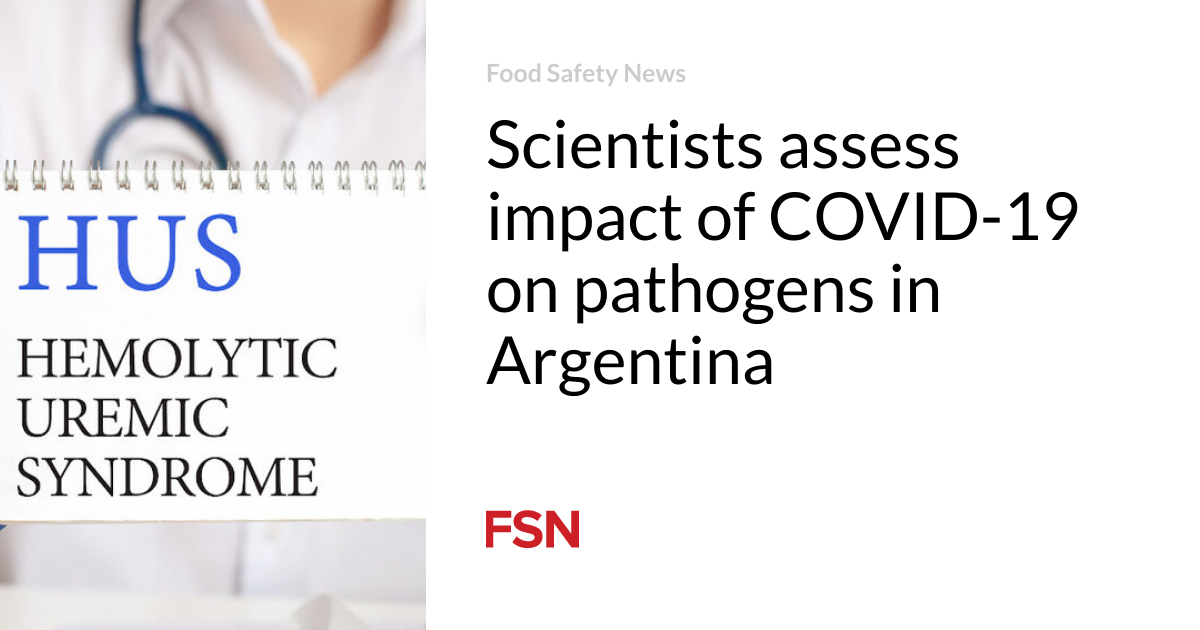Scientists have found measures to combat the Coronavirus pandemic had little impact on the reporting of foodborne infections in Argentina.
The paper analyzed selected foodborne diseases in Argentina before and during the COVID-19 pandemic, considering the impact of national health measures. It was published in the National Administration of Drugs, Food and Medical Devices (ANMAT) Scientific Journal.
Results showed a shift in the group most affected by trichinosis toward people aged 10 to 14 during the Mandatory Preventive Social Isolation (MPSI) period and almost half of foodborne botulism cases in the study’s timeframe were recorded in that period.
Hemolytic Uremic Syndrome (HUS) cases were reported among adolescents aged 15 to 19, a group that is not commonly affected by the disease, particularly after the isolation period with the resumption of in-person school classes and the scaling back of preventive measures.
The study covered from March 13, 2020, the date when health measures against COVID-19 came into effect in Argentina to the declared end of the pandemic on December 31, 2022. This timeframe was then split into six periods.
Trends by pathogen
For trichinosis, the majority of the 552 reports in the years studied were found in those aged between 15 and 65, with the highest incidence in the 35 to 44 age group.
The number of reported cases among 10 to 19 years old was 15.41 percent, and 61.63 percent of these were between 15 and 19 years old.
In the first period, at the beginning of the pandemic and during the initial part of the lockdown, no cases were reported in adolescents. In the latter part of lockdown, more cases were reported in 10 to 14 year olds than in 15 to 19 year olds. Reports of trichinosis in 15 to 19 year olds gained momentum after the end of social isolation.
For foodborne botulism, almost half of the 21 cases reported in the three years under study occurred in the first year of the pandemic. Researchers said other studies showed more homemade meals were prepared and a general increase in food consumption during lockdown.
Some news reports also recommended canned food as it lasts longer. The role of social media also increased. Scientists said changes in eating habits, along with the influence of the media and social media, could have had an effect on the population, favoring an increase in homemade culinary preparations that were not usually made because of lack of time, and encouraging people to try new recipes including canned food, which could increase the risk of certain foodborne illness.
Confirmed cases of HUS during the first part of the lockdown were low, but they increased significantly from the latter part onward. There were 767 in total.
Children aged 2 to 4 years old were the most affected. However, the age range of those sick was wide. In the case of adolescents aged 15 to 19 years old, a group that is only rarely affected by this condition, infections were reported mainly after the lockdown when this group resumed social activities.
(To sign up for a free subscription to Food Safety News, click here.)
Source link
